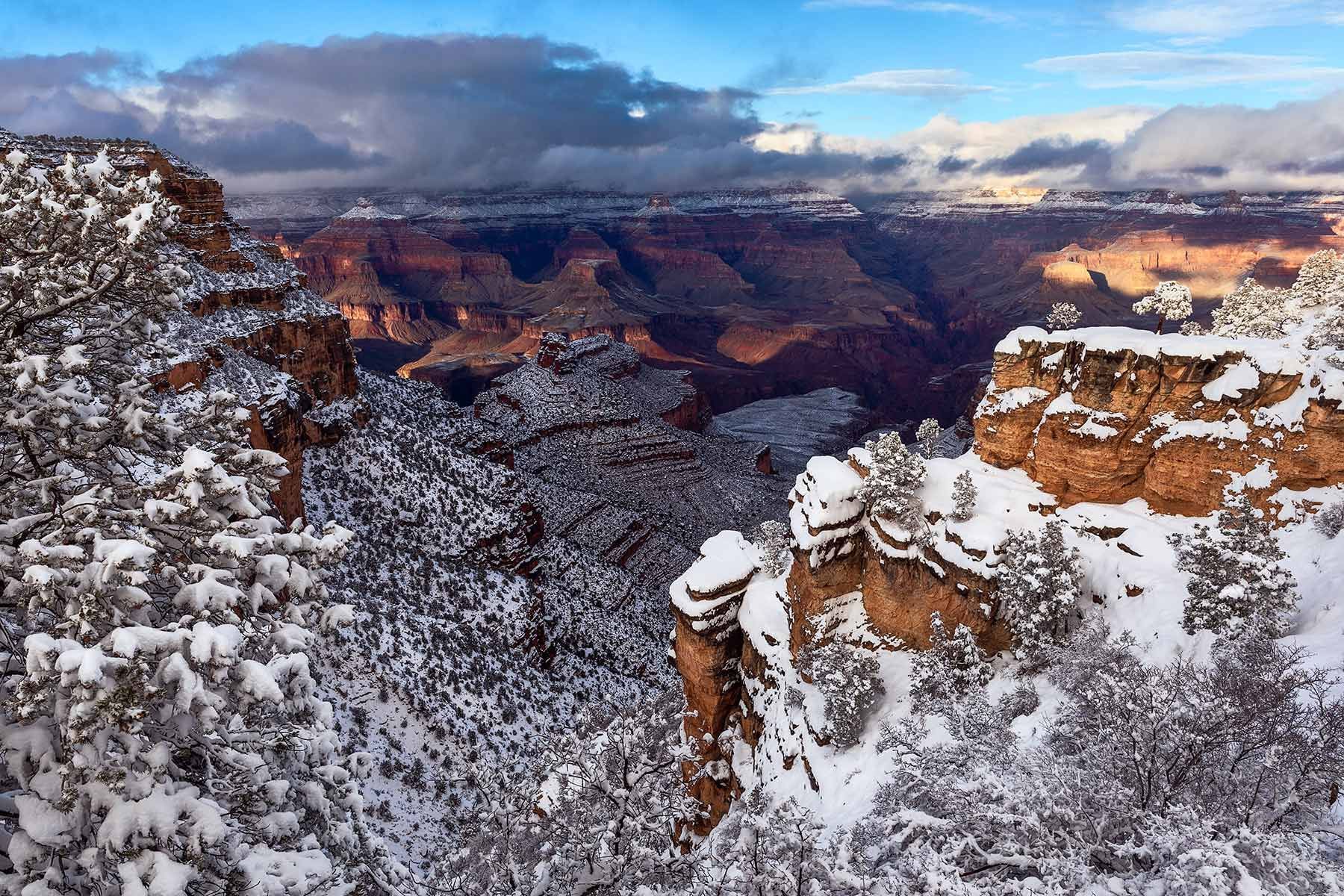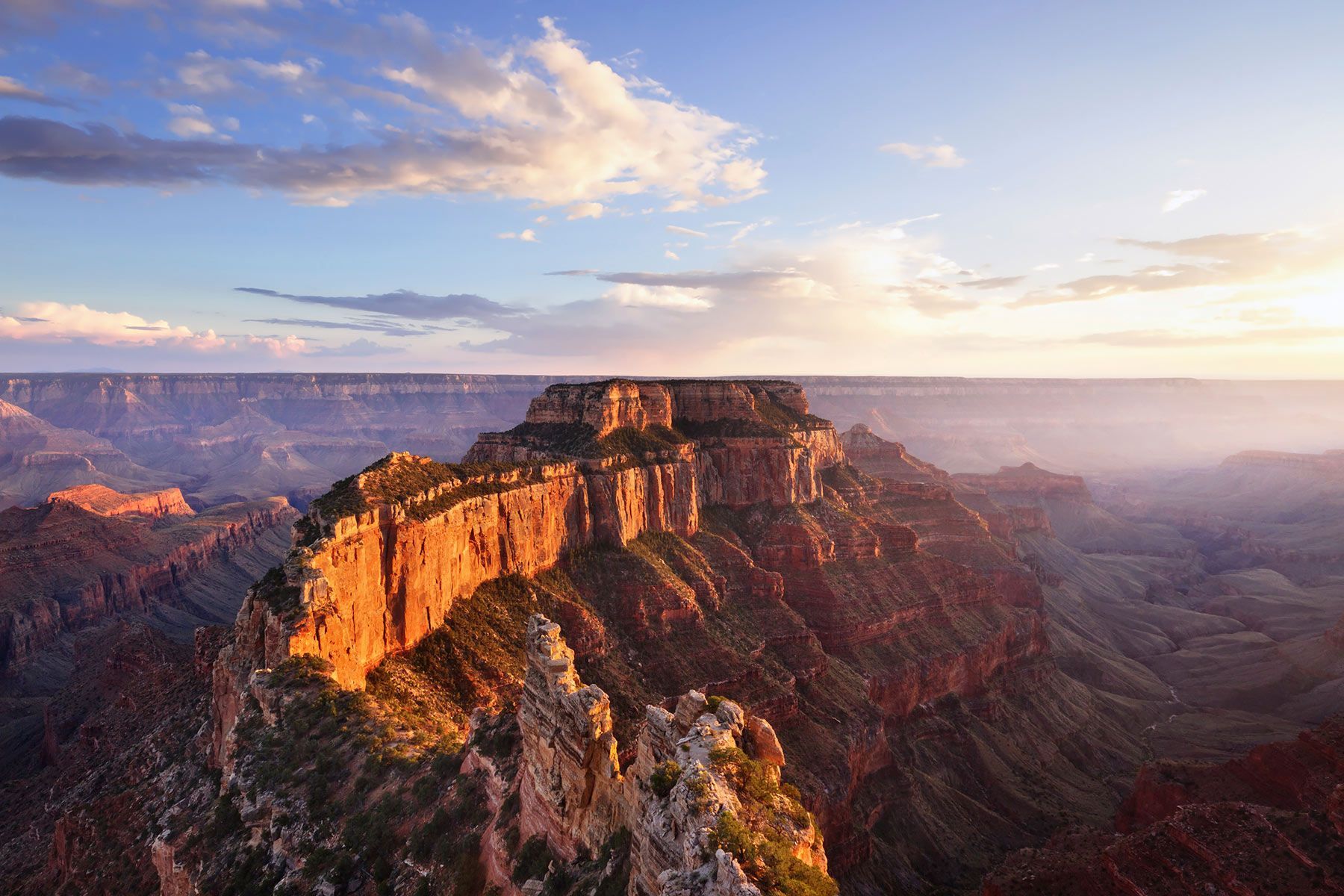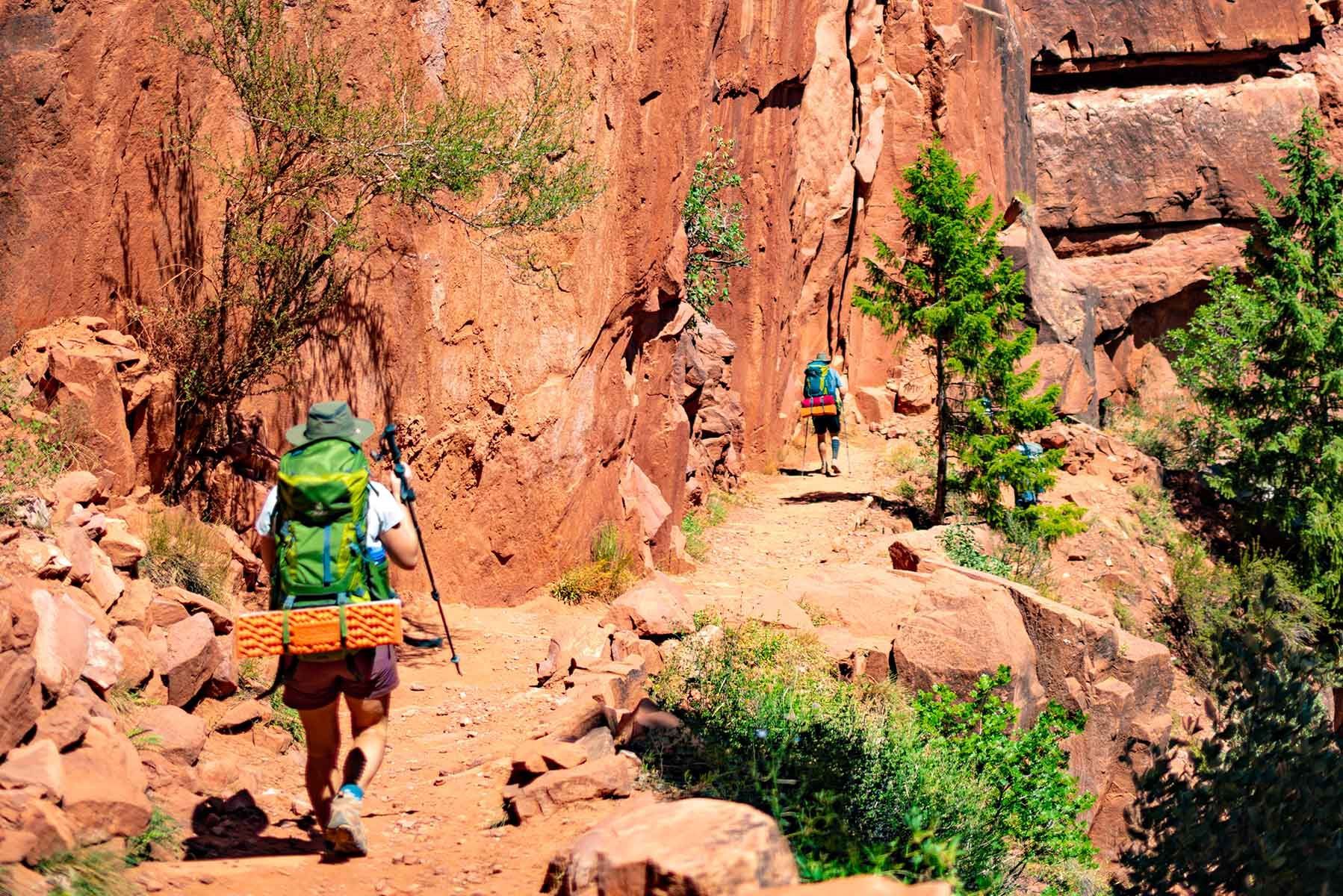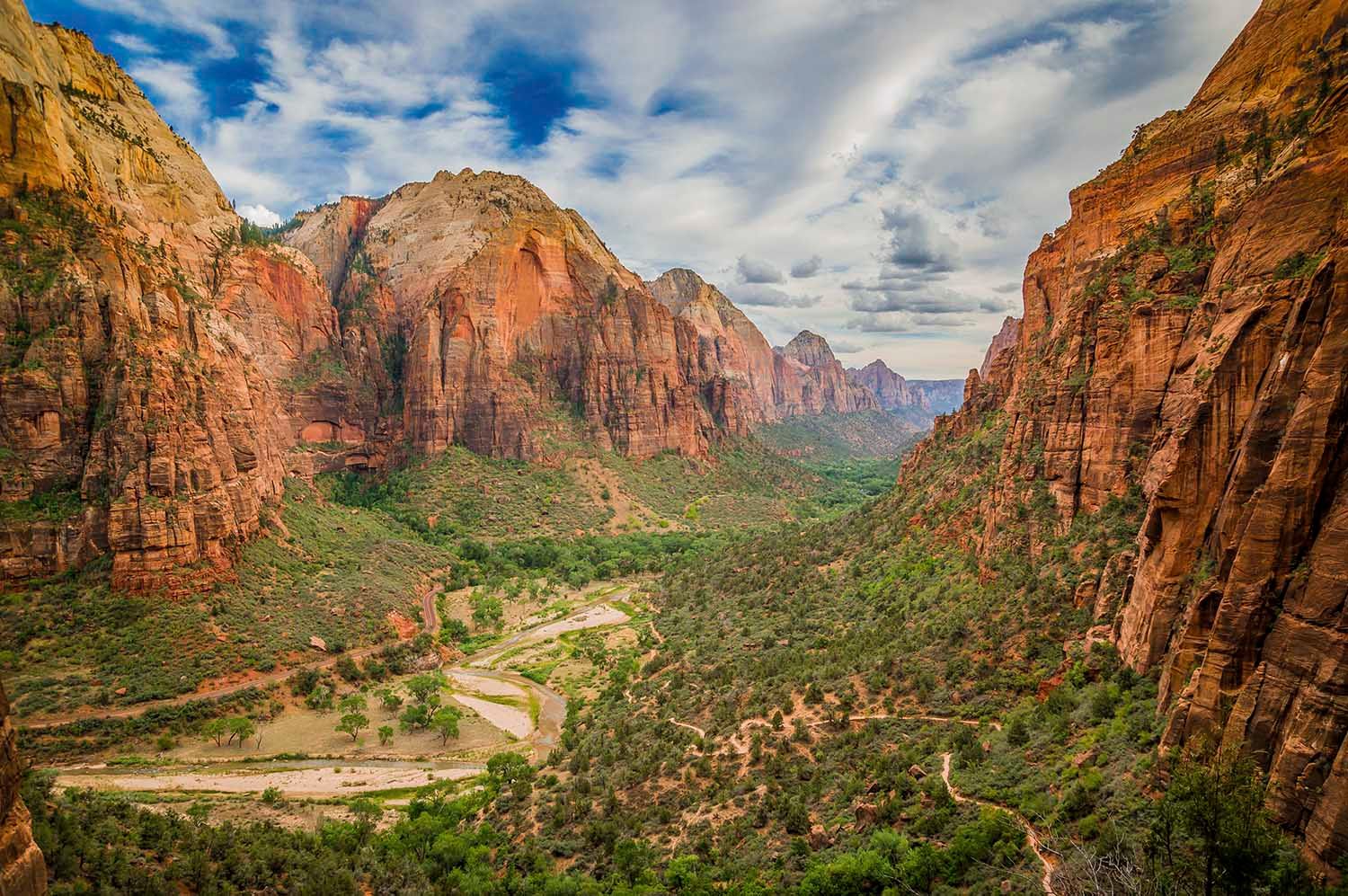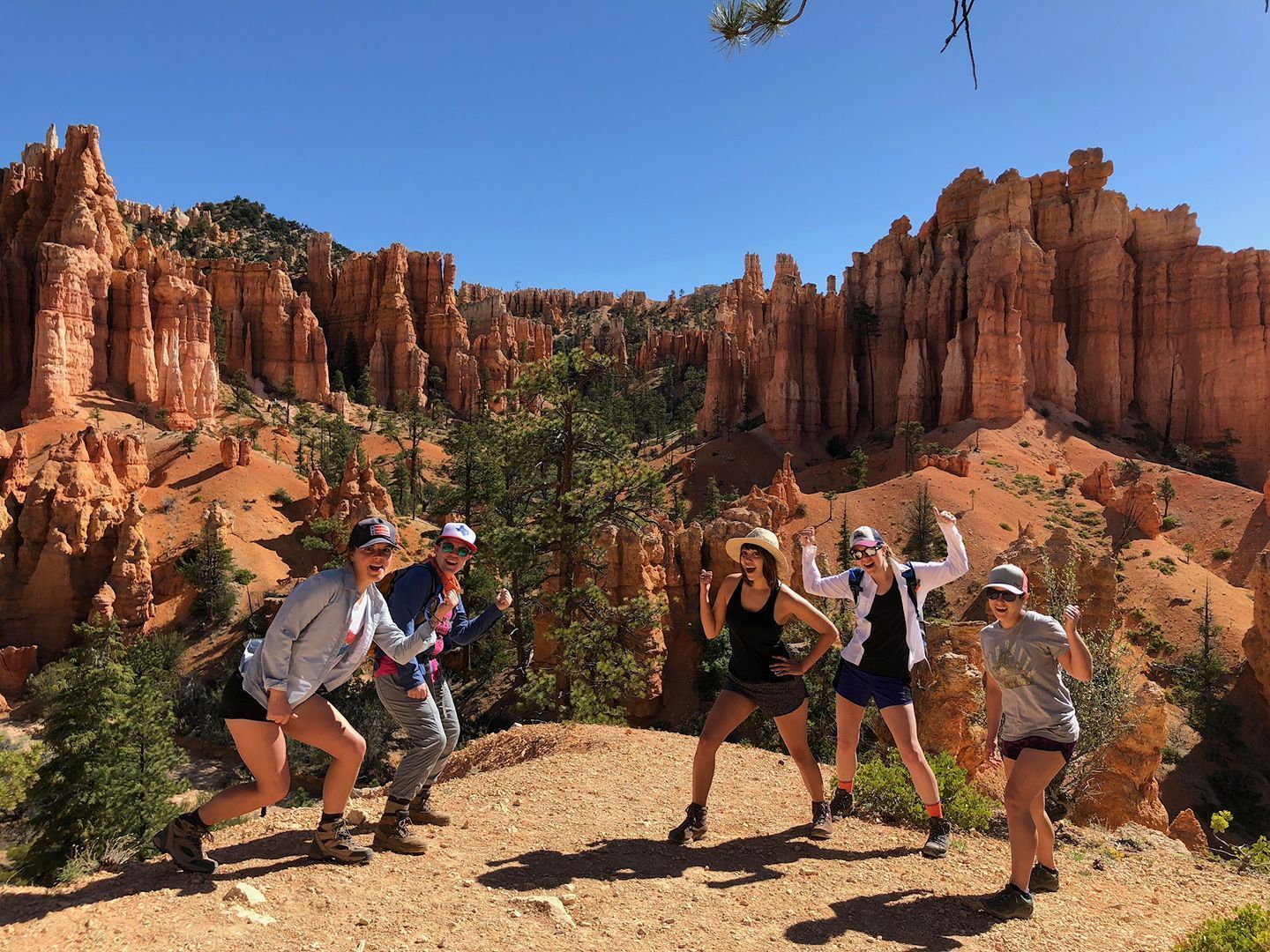Backpacking Adventures In Winter, Part 1: Clothing
Key Takeaways
- Layering is key to winter backpacking comfort. Combine moisture-wicking base layers, insulating fleece or down, and a waterproof outer shell to stay warm and dry in cold conditions.
- Choose materials that perform well in moisture. Wool and synthetics like polypro retain heat and dry quickly, unlike cotton, which traps moisture and chills the body.
- Protect extremities for maximum warmth. Invest in quality wool socks, gloves, and hats—heat loss from your head, hands, and feet can quickly make you uncomfortable.
- Keep backup layers dry at all costs. Always pack a dry set of clothes to change into at camp; this ensures warmth even if your daytime gear gets wet.
- Invest in quality outdoor clothing. Higher-end gear made for backpacking pays off with better insulation, breathability, and durability—especially important in harsh winter environments.
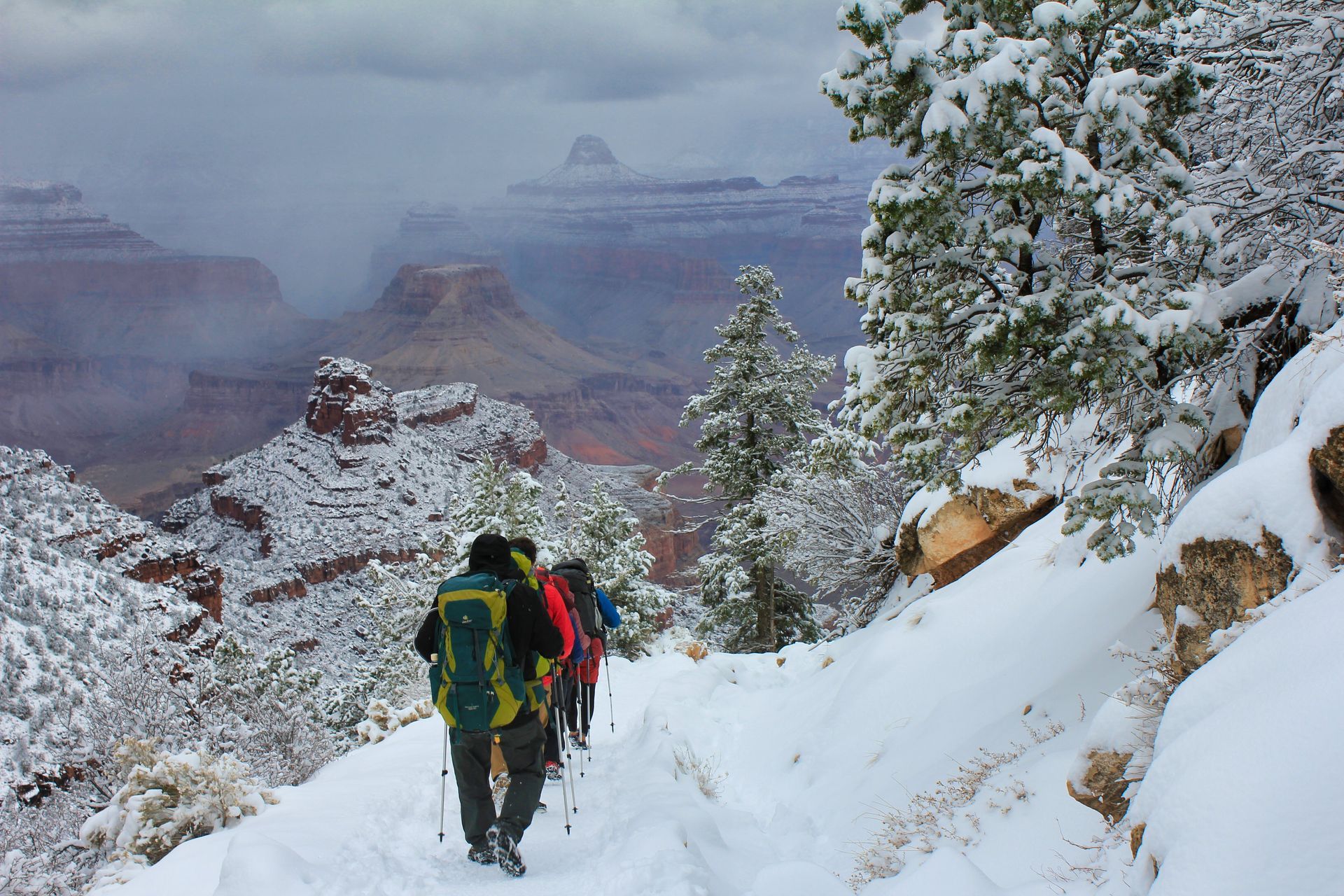
Backpacking adventures in the winter months can be not only fun, but very rewarding. Most popular backcountry areas are free of the peak-season crowds leaving you to experience these fabulous destinations in peace, quiet, and exquisite solitude. And despite the short days and longer, chilly nights, with proper planning and the right clothing and equipment, you can experience the great outdoors in great comfort.
Proper clothing is essential to comfort in the outdoors, especially during colder months. The best practice is to use a layering system utilizing a combination of synthetic, wool, and down clothing. Focus on staying warm and dry and you will be in good shape!
Baselayers- These layers are your first line of defense (think long underwear). They should be a snug fit and made of a wicking material such as polypro or merino wool so that moisture is pulled away from the skin. Consider having 2 baselayers if the temperatures will be really cold. Use a midweight layer under an expedition weight layer for a solid foundation.
Insulating Layers- Fleece and down jackets or pullovers are ideal for this purpose. Down is fantastic: lightweight and excellent insulation. But if it gets wet, it loses its insulating power. Fleece is great too (and makes a cozy pillow at night). Get a good, snug fit so you are not left with too much dead air space underneath.
And consider getting something with a hood! Pulling up a hood when the temperatures drop will help keep warmth from escaping out from you collar and it just feels cozy! For your legs, fleece bottoms are a great option. Some manufacturers are even offering synthetic and down insulated pants now…very nice!
Outer Layers- These are the layers (often called ‘shells’) that will help keep you dry and protected from wind. Gore-Tex is a well-known name in this department and does a great job. There are many varieties and weights available. Just make sure it’s big enough to fit over your insulating layers. It doesn’t need to be too heavy, especially if your insulating layers are ample, effective and lightweight.
Make sure it has a hood and is long enough to come down over the top of your trousers. Lightweight rain pants work well for your legs. Helly Hansen makes a fabulous pair of lightweight rubber rain pants that are sure to keep you dry in even the wettest conditions.
Other Items- Keep your head cozy with a warm winter hat. Skull caps are thin and very light and can be paired with hoods on your outer layer to keep you toasty. Wool hats are a nice option as well. A thin pair of wool or synthetic gloves is always nice, especially first thing in the morning.
Maybe bring a fleece neck gaiter if it’s going to be really chilly. And of course, don’t forget some good socks. Once again, wool and synthetic socks are the only way to go. Always have a nice thick pair reserved just for nighttime!
Helpful Hints:
– Tuck in your baselayers to your long underwear to help keep heat from escaping. The more tucking…the better!
– Don’t wait until you’re already shivering to put on your warmies. Once you arrive at camp for the evening, it’s time to get ready for nighttime.
– ALWAYS keep some of your layers packed away somewhere where you know they will stay dry…no matter what. That way, even if you get a little wet and chilled during the day, you will have warm, dry clothing to change into when you get to camp.
– Don’t be cheap! Spend the extra money to get high-quality clothing designed for the outdoors. Shop around in late winter to get clearance bargains on last year’s styles!
Winter backpacking offers its own unique magic but it's essential that you pack the right clothing. With thoughtful preparation and a smart layering system, you can stay warm, dry, and comfortable even in the coldest conditions. In Part 2, we'll get into the gear side of winter backpacking. Click here to read more.
Frequently Asked Questions
Learn how to stay warm, dry, and comfortable while backpacking in the winter with proper clothing and layering techniques.
What should I wear when backpacking in winter?
Use a three-layer system: a moisture-wicking baselayer, an insulating layer like fleece or down, and an outer shell for wind and water protection. This setup traps heat while allowing moisture to escape, keeping you warm and dry in cold weather.
Why is layering important for winter backpacking?
Layering allows you to adjust your warmth and comfort as temperatures change. It helps regulate body heat, wicks away moisture, and protects against wind and precipitation — key to staying safe and comfortable outdoors in winter.
What’s the best material for baselayers?
Choose synthetic fabrics like polypropylene or natural fibers like merino wool. Both wick sweat away from your skin, keeping you dry. Cotton should be avoided since it retains moisture and can make you cold.
Is down or fleece better for insulation?
Down is lighter and warmer but loses insulation if it gets wet. Fleece is bulkier but insulates even when damp. Many backpackers bring both — down for dry conditions and fleece for damp or variable weather.
What should I use for my outer shell?
Look for a waterproof, breathable jacket and pants — materials like Gore-Tex or similar fabrics work best. Ensure the shell fits over your other layers and includes a hood for added protection from wind and snow.
How can I keep my head and hands warm?
Wear a warm hat or skull cap under your hood to retain heat. Lightweight wool or synthetic gloves work well for mild cold, while insulated or waterproof gloves are better for freezing temperatures.
How many layers of clothing should I pack?
Bring at least two baselayers, one insulating jacket or pullover, and an outer shell. Having backup dry layers is essential in case your primary clothing gets wet. Keep extra layers packed safely in a dry bag.
What kind of socks work best for winter backpacking?
Wool or synthetic socks are ideal since they stay warm even when damp and wick moisture away from your feet. Keep a thick, clean pair reserved just for sleeping to stay cozy at night.
How can I prevent getting cold while camping?
Change into dry clothes as soon as you reach camp, layer up before temperatures drop, and avoid waiting until you’re shivering to add warmth. Staying proactive keeps your body heat regulated and prevents chill.
When’s the best time to buy winter backpacking clothes?
Shop near the end of winter to take advantage of clearance sales. High-quality outdoor gear can be pricey, but investing in durable, well-designed clothing pays off in warmth, comfort, and longevity.
Four Season Guides, 506 N Grant St suite o, Flagstaff, AZ 86004, United States
+19285251552
35.19653980, -111.62000560

